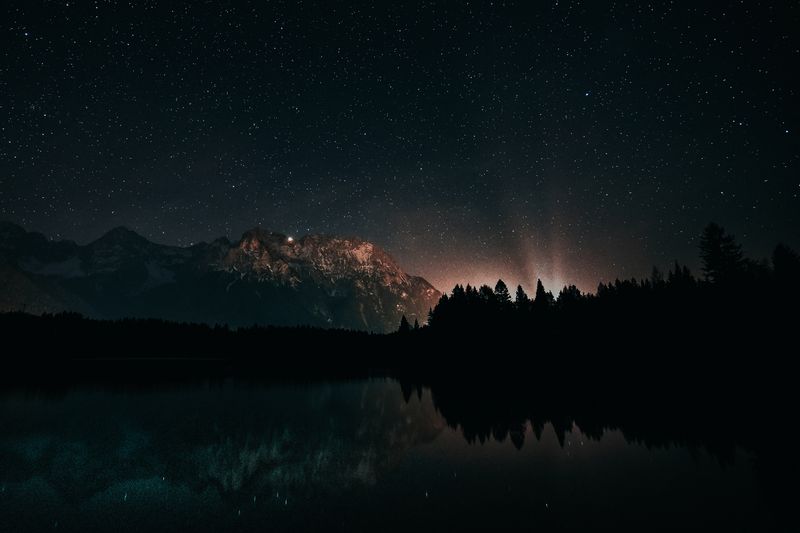Summer Solstice: The Longest Day of the Year
The summer solstice, which falls on Wednesday, June 21, marks the longest day and shortest night of the year in the Northern Hemisphere. It is a day that is eagerly awaited by sunlight seekers and those who yearn for long days and warm weather. This annual occurrence has been celebrated and observed by our ancient ancestors, who incorporated it into their monuments and religious traditions. Today, the summer solstice is still celebrated in various parts of the world, with gatherings and festivities taking place at iconic sites such as Stonehenge in England.
Ancient Traditions and Modern Celebrations
Stonehenge, a prehistoric monument in Southwest England dating back to around 2500 BC, serves as a prime example of how our ancestors recognized and marked the summer solstice. The alignment of the stones at Stonehenge allows for the precise framing of the rising and setting sun during the longest and shortest days of the year. Even today, the English Heritage society organizes gatherings at Stonehenge to celebrate the summer solstice, and a livestream of the sunrise is made available for those unable to attend in person.
Other cultural traditions surrounding the summer solstice can be found across the globe. In Sweden, the Midsummer Eve celebration is intricately tied to the solstice and takes place on the Friday between June 19 and June 25. This celebration includes maypole dances, folk traditions, and romantic rituals. In Eastern Europe, particularly in Ukraine, the summer solstice is associated with Ivan Kupala Night, a holiday with romantic connotations. People gather around bonfires, place flowered wreaths in the water, and engage in dancing and festivities.
Furthermore, in India, the birthplace of yoga, the summer solstice is traditionally celebrated with mass yoga sessions throughout the nation. In fact, the United Nations’ International Yoga Day is observed annually on the summer solstice.
The Science Behind the Solstice
The summer solstice occurs only in the Northern Hemisphere, where almost 90% of the world’s population resides. While the Northern Hemisphere experiences the longest day of the year, the Southern Hemisphere is having its winter solstice, which marks the shortest day of the year. The summer solstice falls at 14:58 UTC on June 21, with the exact timing varying depending on one’s time zone.
The amount of daylight received on the summer solstice varies dramatically depending on one’s proximity to the poles and the equator. In places like Quito, Ecuador, which is located just slightly north of the equator, the difference in daylight is minimal, with only an additional six and a half minutes of daylight. However, in cities like Helsinki, Finland, residents will experience a 3:54 a.m. sunrise and nearly 19 hours of daylight. In Fairbanks, Alaska, residents get approximately 22 hours of daylight during the summer solstice.
Philosophical Reflections: Daylight, Secrets, and Down Under
The summer solstice prompts philosophical contemplation about the relationship between light and darkness, and the significance of the changing seasons. While the amount of daylight received by different parts of the Earth fluctuates throughout the year, the summer solstice represents the apex of sunlight in the Northern Hemisphere. As the Earth orbits the sun, its tilted axis remains fixed throughout the year, resulting in varying parts of Earth receiving direct rays from the sun at different times. This astronomical phenomenon gives rise to the solstice and the changing seasons.
As we celebrate the summer solstice, it is important to recognize that while the Northern Hemisphere revels in the longest day, our friends in the Southern Hemisphere are experiencing the shortest day of the year. Australians, for example, are enjoying their winter solstice, with chilly temperatures and longer nights.
Editorial: Embrace the Solstice
As we celebrate the summer solstice, let us take a moment to appreciate the beauty and wonder of the natural world, as well as the legacy of our ancient ancestors. The summer solstice provides us with an opportunity to connect with nature, participate in cultural traditions, and reflect on the cyclical nature of life.
Whether you choose to join a gathering at Stonehenge, partake in yoga sessions in India, or simply revel in the longer daylight hours, the summer solstice serves as a reminder to embrace the seasons and find joy in the unique moments that each day brings. Soak up the sunlight, appreciate the warmth, and savor the fleeting days of summer.
While the summer solstice may not be the hottest time of the year in most regions, it symbolizes the height of summer and the abundance of life. It is a time for celebration, gratitude, and connection – both with nature and with one another. So, as we bask in the glow of the longest day, let us revel in the magic and beauty of this annual celestial event.

<< photo by Gabe >>
The image is for illustrative purposes only and does not depict the actual situation.
You might want to read !
- Taylor Swift sets sights on Australian fans with The Eras Tour: A Down Under extravaganza!
- “The Battle Down Under: Venus Williams Triumphs Over Italy’s Camila Giorgi in a Thrilling Tennis Showdown”
- Down Under Delight: Farewell to an Aussie Chocolate Tradition
- “Take Care of Maya”: A Gripping Account of a Family’s Heartache
- The Truth About beta-2 Agonists and Risk Reduction: Debunking the Myth
- 11 irresistible reasons why a holiday in Malta will steal your heart: A mesmerizing Mediterranean escape!




